Discover 8 hidden attractions, cool sights, and unusual things to do in Qufu (China). Don't miss out on these must-see attractions: Temple of Confucius, Cemetery of Confucius, and Temple of Yan Hui. Also, be sure to include Shaohao Tomb in your itinerary.
Below, you can find the list of the most amazing places you should visit in Qufu (Shandong).
Table of Contents
Temple of Confucius
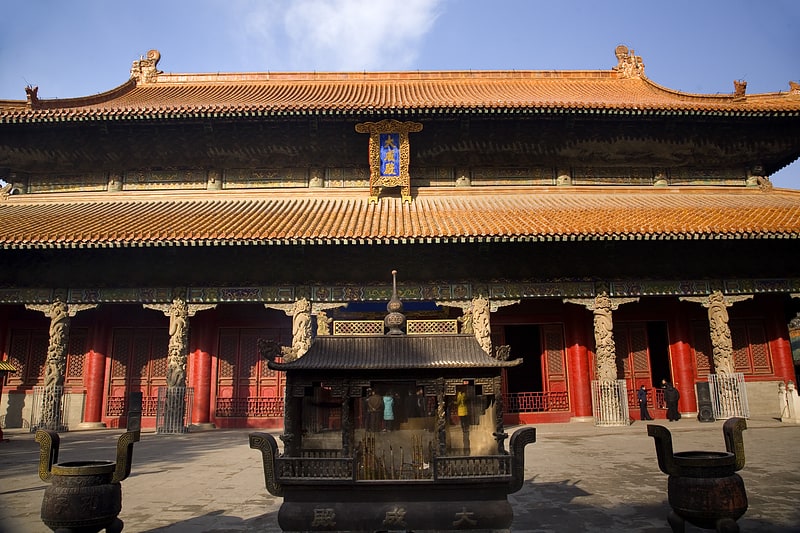
Also known as: 曲阜孔庙
The Temple of Confucius in Qufu, Shandong Province, is the largest and most renowned temple of Confucius in East Asia.
Since 1994, the Temple of Confucius has been part of the UNESCO World Heritage Site "Temple and Cemetery of Confucius and the Kong Family Mansion in Qufu". The two other parts of the site are the nearby Kong Family Mansion, where the main-line descendants of Confucius lived, and the Cemetery of Confucius a few kilometers to the north, where Confucius and many of his descendants have been buried. Those three sites are collectively known in Qufu as San Kong (三孔), i.e. "The Three Confucian ".[1]
Address: Queli Sreet, Qufu
Cemetery of Confucius
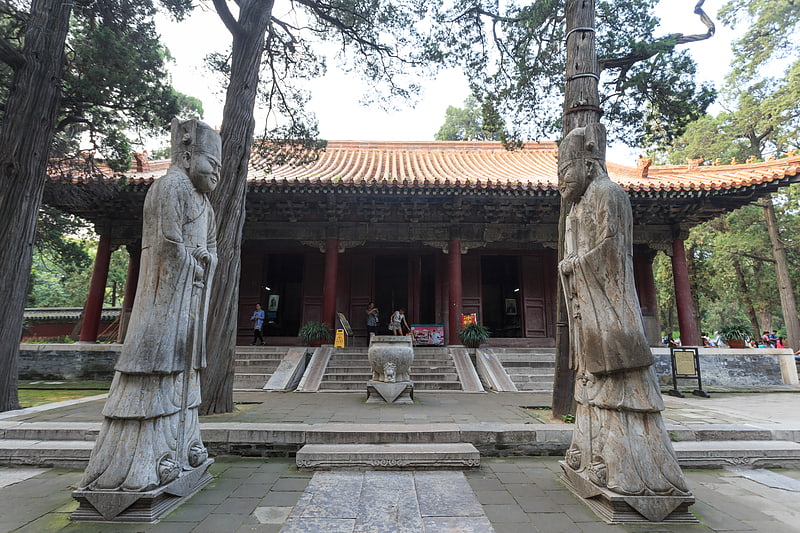
Also known as: 孔林
Cemetery. The Cemetery of Confucius is a cemetery of the Kong clan in Confucius' hometown Qufu in Shandong province. Confucius himself and some of his disciples are buried there, as well as many thousands of his descendants.
Since 1994, the Cemetery of Confucius has been part of the UNESCO World Heritage Site "Temple and Cemetery of Confucius and the Kong Family Mansion in Qufu". The two other components of the site are the Temple of Confucius dedicated to the memory of the philosopher and the Kong Family Mansion, where his descendants lived. The three sites are collectively known in Qufu as San Kong (三孔), i.e. "The Three Confucian ".[2]
Temple of Yan Hui
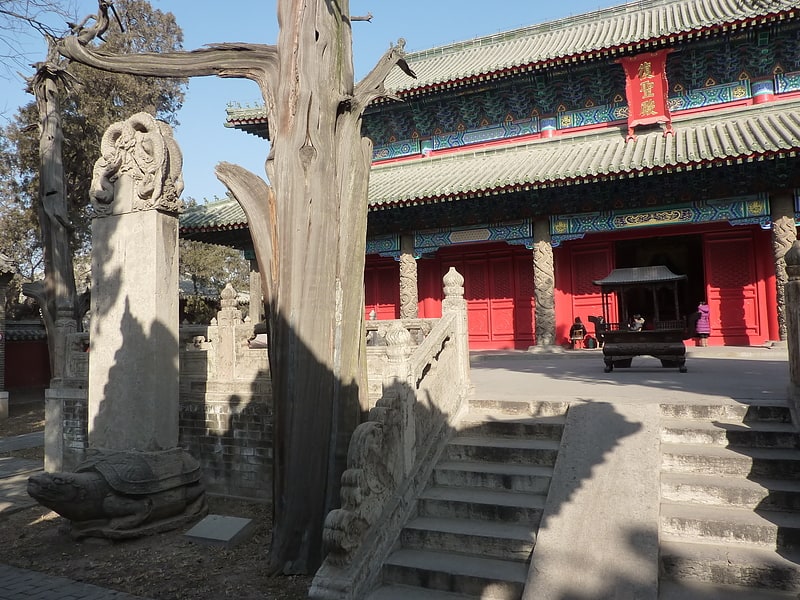
Also known as: 颜庙
Place of worship in Jining, China. The Temple of Yan Hui, commonly known as simply the Temple of Yan or Yan Temple, is a temple in Qufu, China, dedicated to Yan Hui, the favorite disciple of Confucius.[3]
Shaohao Tomb

Also known as: 少昊陵
Tourist attraction in Jining, China. The Mausoleum of Shaohao is located in the north-east of Jiuxian Village, on the eastern outskirts of the city of Qufu in Shandong Province, China. The mausoleum complex honours Shaohao, the son of the first mythical Chinese ruler and one of the mythical five emperors himself.
The mausoleum complex is best known for the pyramidal monument which stands in front of the tomb itself, and which is often mistaken for the tomb. Called "Shou Qiu", this monument marks the birthplace of the Yellow Emperor according to legend. It is unique in China because of its pyramid-shaped stone construction. It consists of a mound that has been covered with stone slabs during the reign of Emperor Huizong of the Song dynasty in 1111 CE. The entire pyramid is 28.5 metres wide and 8.73 meters high. On its flat top stands a small pavilion that houses a statue, variously identified as the Yellow Emperor or Shaohao. The mound and tomb stands inside a compound with many old trees, chiefly thujas planted on the orders of the Qianlong Emperor of the Qing dynasty, who visited the site in 1748.
The rather unusual design of this monument has long attracted visitors' notice. As Rev. A. Williamson, who visited the site in 1865, wrote:
The pyramid was not at all to be compared to the Egyptian ones for size, but of the same shape, and instantly reminded one of them. Anywhere but in China would we look for such structures. But this is another indication of the antiquity of the Chinese, and the oneness of the human race.
The tomb proper is only a few metres behind Shou Qiu. Shou Qiu was originally separate from Shaohao's tomb, but after the 12th century renovation of the tomb became part of the same complex that also included a shrine dedicated to the Yellow Emperor, and other buildings. When the tomb was renovated in 1738, the remainder of the complex had long disappeared, so a sacrificial hall was built for Shaohao. As a site of mythological significance itself Shou Qiu had to be preserved, so the sacrificial hall was built in front of Shou Qiu, and the pyramid was enclosed into the complex. The tomb itself is the large earthen tumulus behind the pyramidal monument.
Although there are no records of the excavation of the tomb itself, in 1978 excavations of the grounds of the enclosure uncovered various artefacts identified as Neolithic stone axes and shovels, and ceramics.[4]
Kong Family Mansion
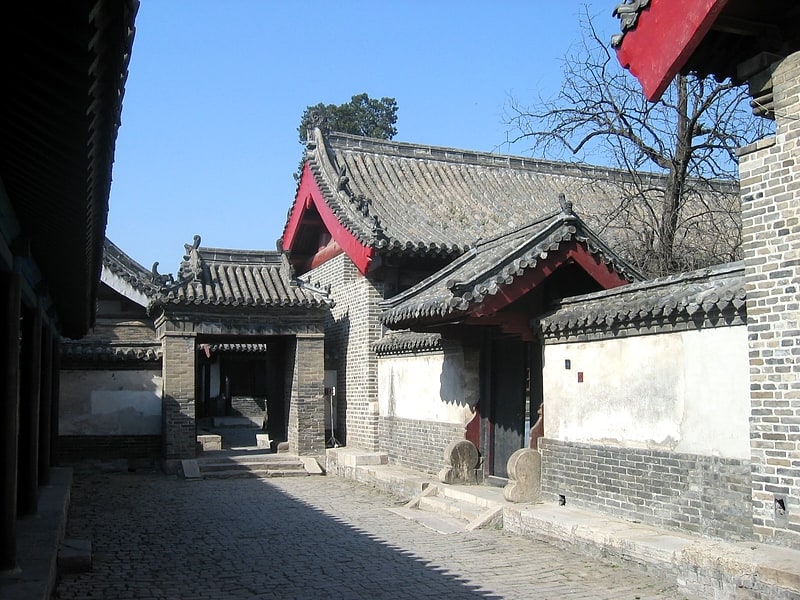
Also known as: 孔府
Tourist attraction in Jining, China. The Kong Family Mansion was the historical residence of the direct descendants of Confucius in the City of Qufu, the hometown of Confucius in Shandong Province, China. The extant structures mainly date from the Ming and Qing dynasties. From the mansion, the family tended to the Confucian sites in Qufu and also governed the largest private rural estate in China. The Kong family was in charge of conducting elaborate religious ceremonies on occasions such as plantings, harvests, honoring the dead, and birthdays. Today, the mansion is a museum and part of the UNESCO World Heritage Site "Temple and Cemetery of Confucius and the Kong Family Mansion in Qufu".[5]
Temple and Cemetery of Confucius and the Kong Family Mansion in Qufu
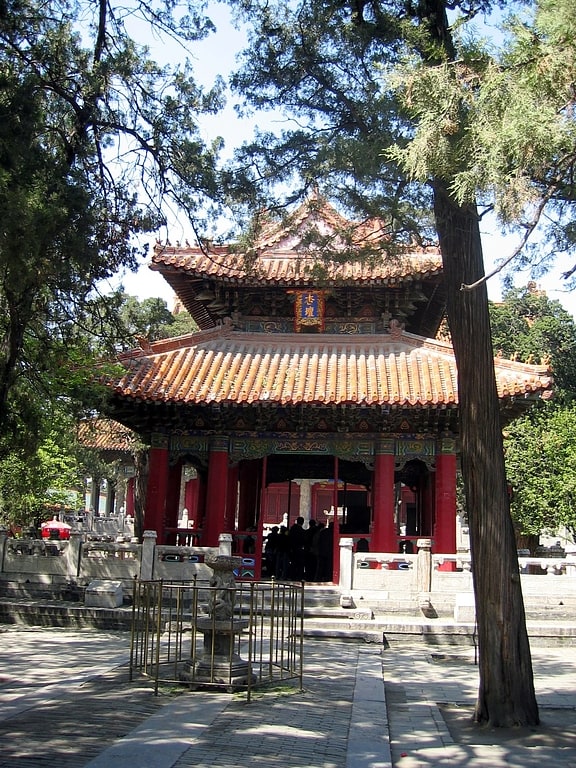
Also known as: 曲阜的孔庙、孔林、孔府
Tourist attraction in Jining, China. Temple and Cemetery of Confucius and the Kong Family Mansion in Qufu, Shandong Province of China, include Temple of Confucius, Cemetery of Confucius and the Kong Family Mansion.
Since 1994, the Temple of Confucius (Chinese: 孔庙; pinyin: Kǒng Miào) has been part of the UNESCO World Heritage Site "Temple and Cemetery of Confucius and the Kong Family Mansion in Qufu". The two other parts of the site are the nearby Kong Family Mansion (Chinese: 孔府; pinyin: Kǒng Fǔ), where the main-line descendants of Confucius lived, and the Cemetery of Confucius (Chinese: 孔林; pinyin: Kǒng Lín) a couple kilometers to the north, where Confucius and many of his descendants have been buried. Those three sites are collectively known in Qufu as San Kong (三孔), i.e. "The Three Confucian ".[6]
Qufu Mosque
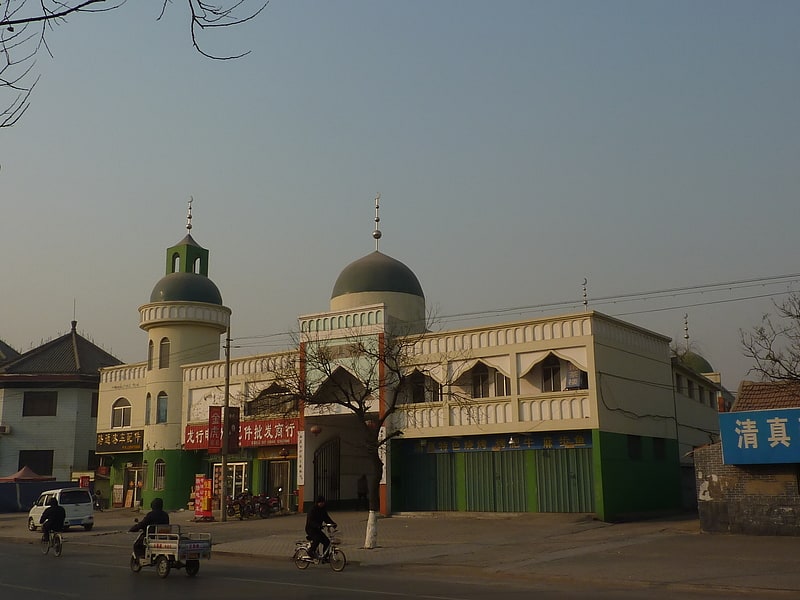
Mosque in Jining, China. The Qufu Mosque is a mosque in Qufu City, Shandong Province, China.[7]
Lucheng Subdistrict
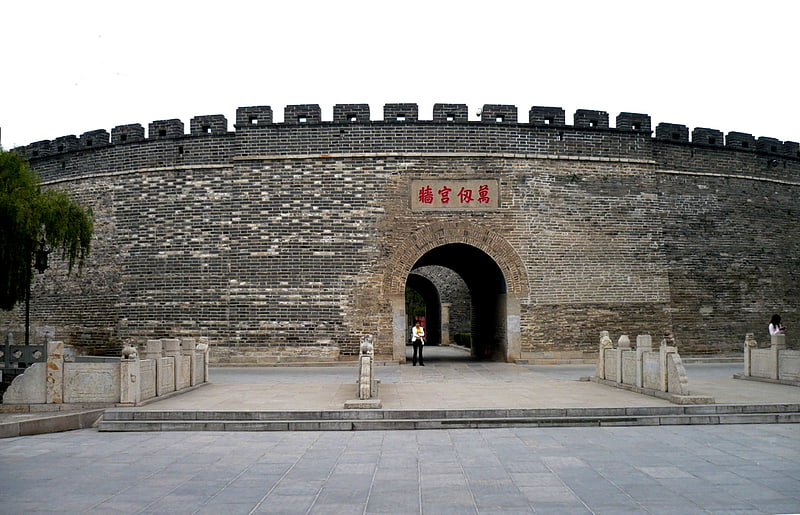
Also known as: 鲁城街道
Lucheng Subdistrict is a subdistrict and the seat of Qufu, Shandong, People's Republic of China, located at the intersection of the Qing and Yangtze Rivers. As of 2011, it has 26 residential communities under its administration.[8]